Note: There is now a newer Novel Coronavirus (2019-nCoV) Situation Report 10.
WHO Novel Coronavirus (2019-nCoV) Situation Report 9
- Four confirmed cases reported in United Arab Emirates, in individuals traveling from Wuhan City.
- World Health Organization (WHO), in collaboration with the World Economic Forum, has set up a public private collaboration called “The Pandemic Supply Chain Network (PSCN).” It is a Market Network that seeks to provide a platform for data sharing, market visibility, and operational coordination and connecting.
- Today, PSCN is launching the first of several teleconference calls with over 350 private sector organizations and 10 multilateral organizations to develop a market capacity and risk assessment for personal protective equipment(PPE). This assessment will be used as the basis to match the global demand for PPE with the global supply. The market and risk assessment for PPE is expected to be completed by February 5, 2020.
- WHO is continuously monitoring developments and the Director-General can reconvene the Emergency Committee on very short notice as needed. Committee members are regularly informed of developments.
Coronavirus Situation in Numbers
Globally
- 6065 confirmed
China
- 5997 confirmed
- 9239 suspected
- 1239 severe
- 132 deaths
Outside of China
- 68 confirmed
- 15 countries
Countries, territories or areas with reported confirmed cases of 2019-nCoV, January 29, 2020
| Country/Territory/Area | Confirmed Cases |
|---|---|
| China | 5997 |
| Thailand | 14 |
| Australia | 7 |
| Japan | 7 |
| Singapore | 7 |
| United States of America | 5 |
| France | 4 |
| Germany | 4 |
| Malaysia | 4 |
| Republic of Korea | 4 |
| United Arab Emirates | 4 |
| Canada | 3 |
| Vietnam | 2 |
| Cambodia | 1 |
| Nepal | 1 |
| Sri Lanka | 1 |
| Total | 6065 |
Recommendations and Advice
During previous outbreaks due to other coronaviruses (Middle-East Respiratory Syndrome (MERS) and Severe Acute Respiratory Syndrome (SARS), human-to-human transmission occurred through droplets, contact, and fomites, suggesting that the transmission mode of the 2019-nCoV can be similar. The basic principles to reduce the general risk of transmission of acute respiratory infections include the following:
- Avoiding close contact with people suffering from acute respiratory infections.
- Frequent hand-washing, especially after direct contact with ill people or their environment.
- Avoiding unprotected contact with farm or wild animals.
- People with symptoms of acute respiratory infection should practice cough etiquette (maintain distance, cover coughs and sneezes with disposable tissues or clothing, and wash hands).
- Within healthcare facilities, enhance standard infection prevention and control practices in hospitals, especially in emergency departments.
WHO does not recommend any specific health measures for travelers. In case of symptoms suggestive of respiratory illness either during or after travel, travelers are encouraged to seek medical attention and share their travel history with their healthcare provider.

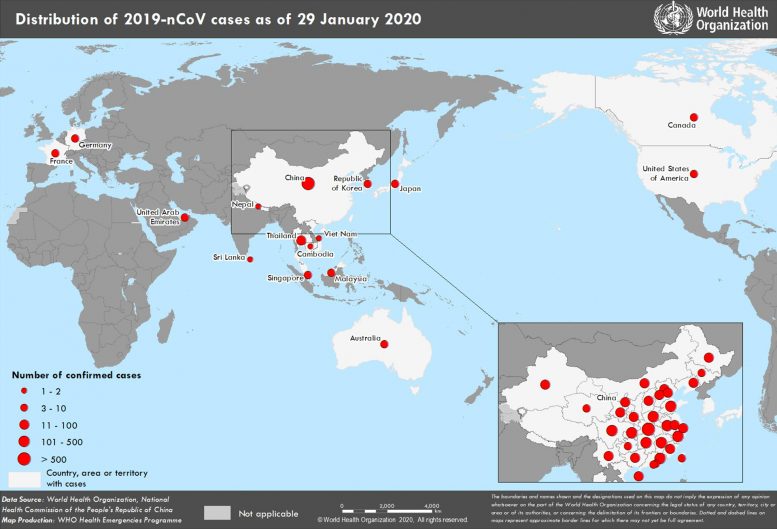
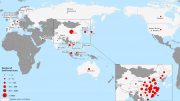
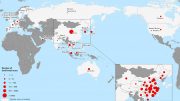
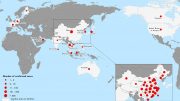
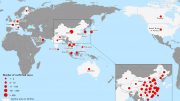
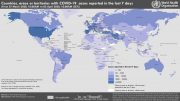
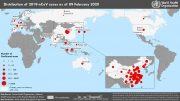
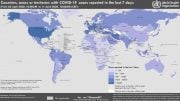
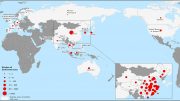
Be the first to comment on "Confirmed Coronavirus Cases Climb to 6065 Globally – 132 Deaths in China"